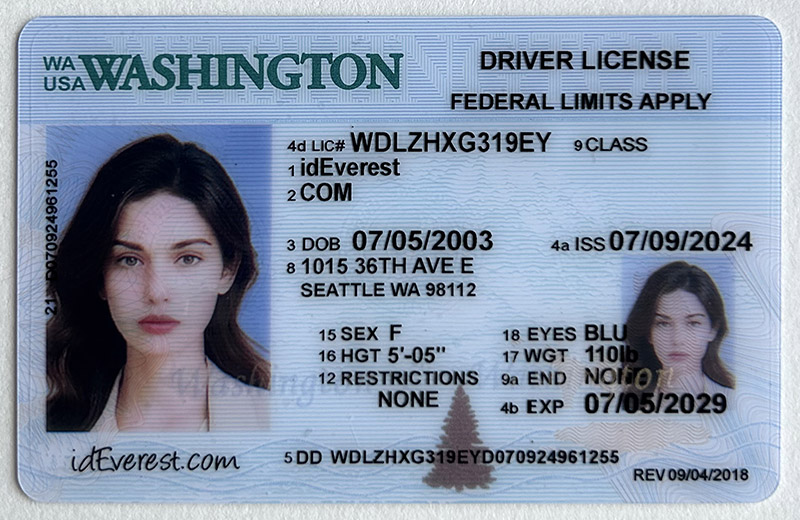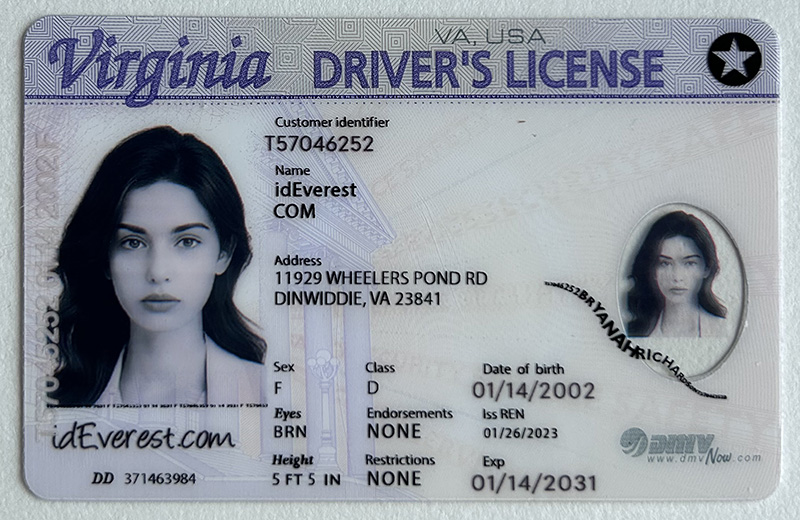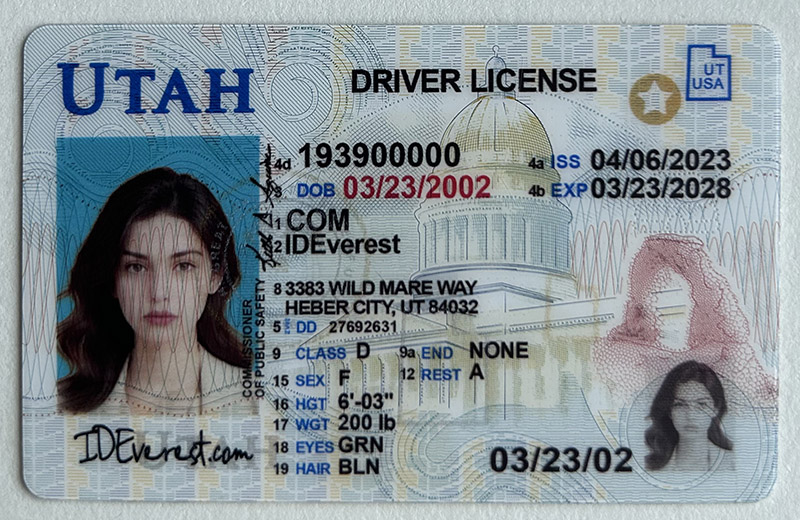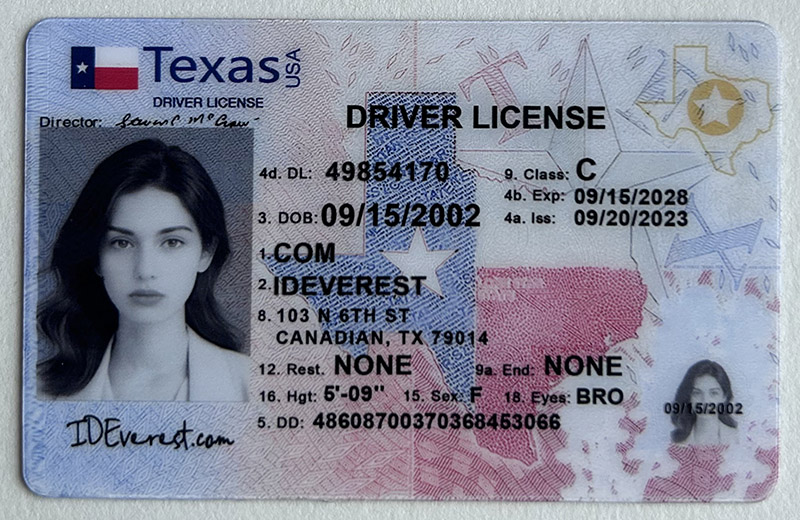are fake ids scannable usa
A Comprehensive Guide on Scannable Fake IDs in the USA
Introduction
In today's fast-paced world, the demand for scannable fake IDs in the USA has significantly increased. Whether it's for gaining access to age-restricted venues, purchasing alcohol, or simply testing the boundaries of identity verification systems, fake IDs have become a popular commodity. This guide aims to provide an in-depth look at scannable fake IDs, covering everything from product features to user experiences and common issues encountered during use.
Product Overview
Scannable fake IDs are counterfeit identification cards that mimic the appearance and functionality of legitimate government-issued IDs. These fake IDs are designed to pass not only visual inspections but also more advanced security checks, such as barcode scans and magnetic stripe readings, which are commonly used by establishments to verify age and identity.
Types of Scannable Fake IDs:
- Basic Fake IDs: These typically replicate the physical appearance of a real ID but may not have scannable features like barcodes or magnetic stripes. They are often used in situations where only a visual check is expected.
- Advanced Scannable Fake IDs: These are high-quality counterfeit IDs that include scannable features such as barcodes, magnetic stripes, and even RFID chips. They are designed to pass more sophisticated security checks.
Key Features:
- High-Quality Printing: The text, images, and holograms on the fake IDs are printed with high precision to closely resemble real IDs.
- Scannable Barcodes and Magnetic Stripes: These IDs come equipped with functional barcodes and magnetic stripes that can be scanned by most ID verification systems.
- Durable Material: Made from PVC or similar materials, these IDs are resistant to wear and tear, making them suitable for regular use.
- Customizable Details: Buyers can customize their fake IDs with specific personal details, such as name, date of birth, and address.
Common Features of Scannable Fake IDs
- State-Specific Design:
- Scannable fake IDs often replicate the design of IDs from various states in the USA. Each state has its unique design, including the placement of text, colors, and security features. The best fake ID providers offer options for multiple states, allowing users to choose one that is less likely to be scrutinized in their area.
- Holograms and UV Features:
- One of the most critical aspects of a fake ID is the inclusion of holograms and UV features. These elements are visible under certain lighting conditions and are a common security measure on real IDs. High-quality fake IDs will replicate these features accurately.
- Scannable Codes and Magnetic Stripes:
- As mentioned earlier, scannable fake IDs are equipped with barcodes and magnetic stripes. These are essential for passing security checks at bars, clubs, and liquor stores where ID scanners are used. The codes contain information that matches the details on the front of the ID, ensuring consistency during scans.
- Enhanced Durability:
- To increase the longevity of the fake ID, they are often made from durable materials like PVC. This not only makes the ID feel more authentic but also ensures that it can withstand regular use without deteriorating quickly.
Frequently Asked Questions (FAQs)
1. Are scannable fake IDs legal?
- No, scannable fake IDs are illegal in the USA. The use, possession, or distribution of fake IDs can result in severe legal consequences, including fines, community service, and even imprisonment.
2. Can scannable fake IDs pass all security checks?
- While high-quality scannable fake IDs can pass many security checks, there is no guarantee that they will always succeed. Some establishments use advanced scanning technology that can detect inconsistencies or fraudulent IDs.
3. What information is needed to order a scannable fake ID?
- When ordering a scannable fake ID, you will typically need to provide personal details such as your name, date of birth, address, and a photo. Some providers may also allow you to customize additional elements, like height, weight, and eye color.
4. How long does it take to receive a scannable fake ID?
- The delivery time for a scannable fake ID varies depending on the provider. It can take anywhere from a few days to a few weeks. Some services offer expedited shipping for an additional fee.
5. What are the risks of using a scannable fake ID?
- The risks include legal repercussions, as mentioned earlier, as well as the possibility of being caught and embarrassed in public. Additionally, some states have laws that specifically target the use of fake IDs, increasing the penalties for offenders.
User Reviews
Positive Experiences:
John S., 21: "I ordered a scannable fake ID to get into a club that has a strict 21+ policy. The ID arrived within a week, and I was impressed with how real it looked. It passed the scan at the door with no issues, and I’ve used it multiple times since."
Emily R., 20: "The quality of the ID was excellent. The holograms were spot on, and the barcode scanned every time. The process of ordering was easy, and the customer service was very responsive."
Negative Experiences:
Mike T., 22: "I had an issue where the barcode wouldn’t scan at a local liquor store. The cashier was suspicious, but luckily I wasn’t caught. I reached out to the provider, and they sent a replacement, but it took a while to arrive."
Sarah K., 19: "The ID looked great visually, but I had trouble with it scanning at some places. It worked fine at bars, but a bouncer at a concert venue flagged it as fake. I was denied entry and felt really embarrassed."
Troubleshooting Common Issues
Issue 1: Barcode Not Scanning
- Solution: If your fake ID’s barcode doesn’t scan, it could be due to several reasons. First, check if the barcode is smudged or scratched. If it is, you might need to order a replacement. Some fake IDs may not be compatible with certain scanners, so it’s important to research the type of scanners used at your intended venues before purchasing.
Issue 2: ID Flagged as Fake
- Solution: If your ID is flagged as fake, it’s crucial to remain calm. Politely ask the staff member if there’s an issue and act surprised, as if you’re unaware of any problems. If you’re denied entry, leave the venue without causing a scene. To avoid this in the future, consider choosing a different state ID design or upgrading to a higher-quality provider.
Issue 3: Magnetic Stripe Not Working
- Solution: If the magnetic stripe doesn’t work, it could be due to a manufacturing defect. Contact the provider for a replacement. To prevent damage, avoid exposing the ID to magnets or other sources that could demagnetize the stripe.
Issue 4: Delayed Delivery
- Solution: If your ID is delayed, check the provider’s shipping policy. If the delay exceeds the expected delivery time, contact customer support for an update. Some providers offer tracking information, which can help you monitor the shipment’s progress.
Conclusion
Scannable fake IDs in the USA have become increasingly sophisticated, making it possible for users to pass various security checks with ease. However, it's essential to understand the legal risks and potential consequences associated with their use. While many users report positive experiences, others have encountered issues, particularly with scanning functionality and detection.
When considering the purchase of a scannable fake ID, it's crucial to do thorough research, choose a reputable provider, and understand the potential risks involved. Although these IDs can offer short-term benefits, the long-term legal implications can be severe.
Ultimately, the decision to use a scannable fake ID is a personal one that should be made with caution and a full understanding of the potential consequences. For those who choose to proceed, it’s advisable to remain discreet, respectful, and aware of the risks at all times.
 Authentic Scannable Washington
Authentic Scannable Washington
 Authentic Scannable Virginia
Authentic Scannable Virginia
 Authentic Scannable Utah Fake
Authentic Scannable Utah Fake
 Authentic Scannable Texas Fake
Authentic Scannable Texas Fake